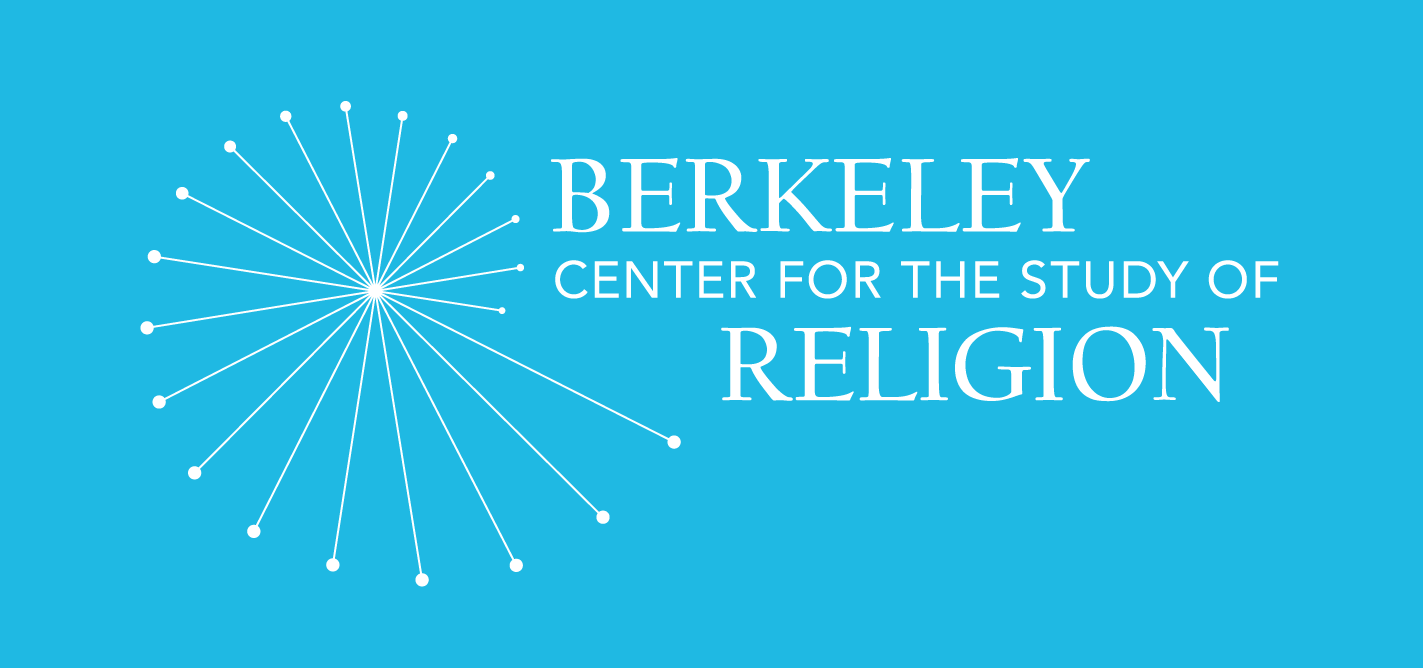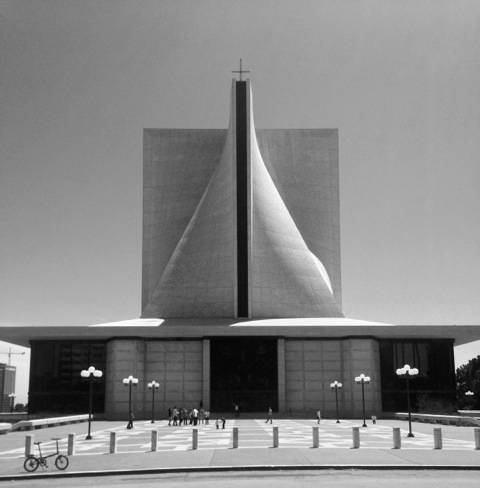Blueprint for a Modern Faith: 20th-C Experiments in Bay Area Religious Architecture
370 Dwinelle Hall
William Littmann, Senior Adjunct Professor of Architecture and Visual Studies, California College of the Arts
For more than a century, Bay Area architects have created some of the nation’s most innovative religious architecture, ranging from the First Church of Christ, Scientist in Berkeley by Bernard Maybeck to the award-winning Congregation Beth Sholom Synagogue in San Francisco designed by Stanley Saitowitz in 2009. This talk explores the history of experimental and radical religious architecture in Northern California, with a special focus on design after the Second World War, as architects responded to changes in liturgical practices in the Roman Catholic Church after Vatican II as well as the progressive ideals of Protestant and Jewish congregations in the region. It also explores the contribution of 1960s countercultural groups that further pushed the boundaries of religious architecture, often using forms borrowed from Native American and Buddhist religious traditions. (Littmann)
William Littmann is a Senior Adjunct Professor at the California College of the Arts, teaching architectural history in the Architecture and Visual Studies departments. He received his Ph.D. from the University of California, Berkeley and his M.A. in print journalism from Columbia University. Recent areas of study include the landscape and architecture of Japanese incarceration during World War II, farmworker communities in California Central Valley, and a history of the El Camino Real corridor in California from Native American settlement to the rise of Silicon Valley.
The Cathedral of St. Mary of the Assumption, San Francisco, Pier Luigi Nervi and Pietro Belluschi (architects), 1965.
Credit: William Littmann, 2014.

